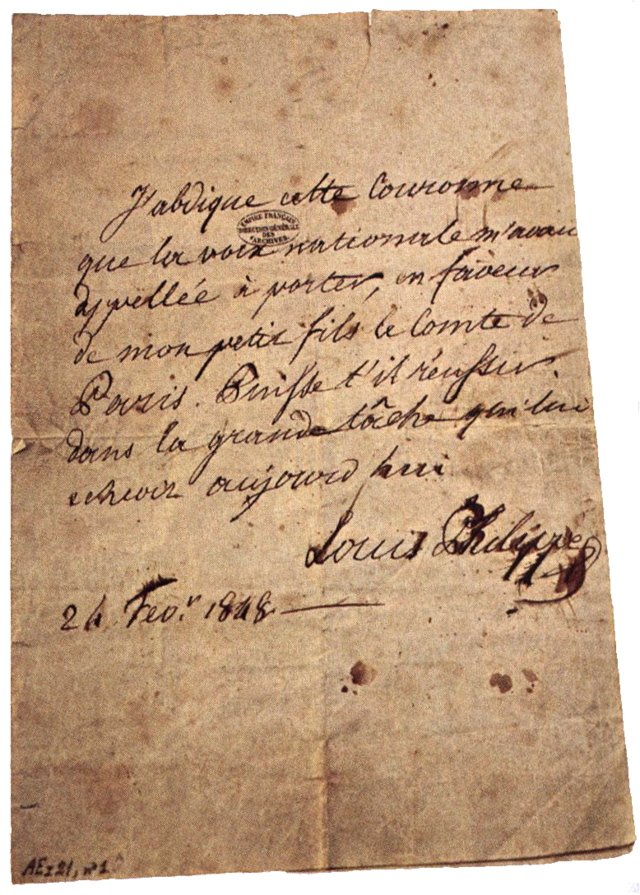 |
Louis-Philippe I, the
last King of the French
|
We may distinguish at least four major problems that can explain the origin of the revolution that began in early 1848 in Paris. These four topics include: population growth, economic, social issues and political issues.
 |
Hannah Raskin-Gross 1848 Revolution
Poster
|
The improvement of sanitary conditions decreased infant mortality and increased life span of the adult population. According to Malthus, the difficulties were founded on an inexorable law of nature, which states that the population tends to outdo livelihoods. That is, the population grows faster than food production.
 |
Painting of Battle at
Soufflot barricades at Rue Soufflot Street on 24 June 1848
|
The second one, which explains the revolutionary events of 1848, is located in the economic crisis in the agricultural, textile, financial and metallurgical sectors, primarily, which then extends to almost all economies in Europe. The problem starts with the crop in the agricultural sector, reflected in food shortages, rising prices, hunger and social protest.
 |
Lamartine in front of the Town Hall of Paris rejects the red flag on 25
February 1848
|
Thirdly, the French society was increasingly splitting as a result of the application of the liberal model that demanded extension of the right to vote and the capitalist model that was creating more social strata into poverty. The economic problems became social problems that would soon become a major political issue.
 |
Hannah Raskin-Gross 1848 Revolution
Poster
|
Additionally, widespread discontent fanned the embers of rebellion. King Louis d'Orleans Phelippe named François Guizot in the office of mayor in 1847. Guizot formulated a policy designed to encourage the capitalist bourgeoisie and banned political meetings to prevent conspiracies policy. An article in the newspaper Le National on 21 February 1848 invited the people to protest.
People got so angered over the outlawing of the political meetings and banquets that crowds of Parisians started flooding out into the streets at noon on 22 February 1848, and marched past Prime Minister François Guizot's residence.
 |
Louis Napoleon
captured 74.2 percent of votes cast in the first French direct presidential
elections in 1848.
|
Louis Philippe Joseph, duc d'Orléans, had to abdicate the throne of France. The crowd did not accept any successor, and demanded the immediate republican democracy. Alphonse de Lamartine was a French writer, poet and politician who was instrumental in the foundation of the Second Republic who brought back the Tricolore as the flag of France.
 |
Napoleon III Emperor
of the French
|
The French Revolution of 1848 ended up with the rise of Louis Napoleon as the first President of the Second Republic and when he was blocked by the Constitution and Parliament from running for a second term, he organized a coup d´état
in 1851, and then took the throne as Napoleon III on 2 December 1852. So started the Second French Empire.




























.gif)





















